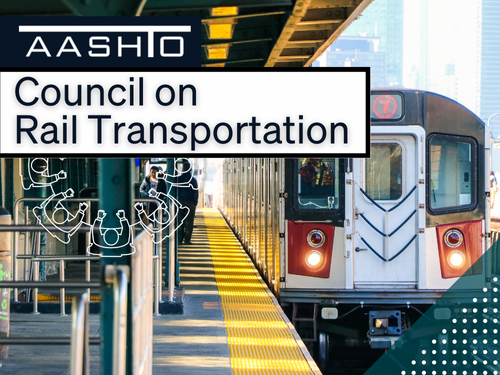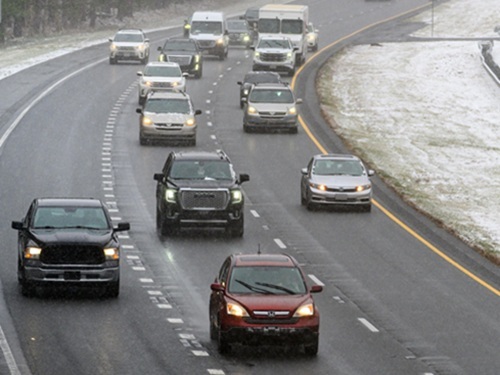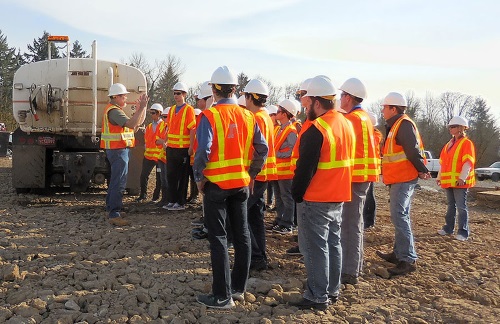Legislation proposed by three members of Congress on November 15 would provide $30 million to the U.S. Department of Transportation to develop a series of broadcast, digital, and print media public service announcement campaigns to promote job opportunities and improve diversity in the transportation workforce.
[Above photo by the Oregon DOT.]
Rep. Rick Larsen, D-Wash., Rep. Don Young, R-Ala., and Rep. Angie Craig, D-Minn., introduced the Promoting Service in Transportation Act – known as H.R. 5118 – to specifically promote career opportunities in the transportation sector, including pilots, safety inspectors, mechanics and technicians, air traffic controllers, flight attendants, truck drivers, engineers, transit workers, railroad workers, and other transportation professionals.

“In Washington state and across the country, transportation means jobs,” said Rep. Larsen in a statement, who serves on the House of Representatives Transportation and Infrastructure Committee. “As demand continues to grow, it is important all Americans are aware of the career opportunities available in the transportation sector to grow the next generation workforce.”
[State departments of transportation are engaged in their own efforts to recruit more workers into the transportation industry. The Oregon DOT, for example, brought 500 high school students to its annual Construction and Utilities Career Day this past May; an event that allowed students to operate heavy equipment in a controlled environment and talk one-on-one with contractors, utilities, state agencies, two and four-year colleges and trade apprenticeship programs.]
He emphasized that the need for more professional airline pilots, air traffic controllers, railroad workers and truck drivers, mechanics – among other transportation job categories – is growing more acute.
For instance, the aviation industry will need more than 800,000 pilots, 769,000 technicians and nearly 20,000 air traffic controllers to meet demand over the next 10 years, Rep. Larsen said, while the trucking industry needs 60,000 to 100,000 more drivers each year.
 Nation
Nation
Registration Open for AASHTO’s Winter Rail Meeting
December 19, 2025 Nation
Nation

